- Wednesday’s Digital Daily: October 29, 2025 WWD
- Air Jordan 4 ‘Blue Chill’ Are What We Thought They Were: Release Date and Where to Buy Currently.com
- Gamma Blue Hues Hit the Air Jordan 4 RM Sole Retriever
- Kids Air Jordan 4 “Blue Chill”…
Category: 5. Entertainment
-
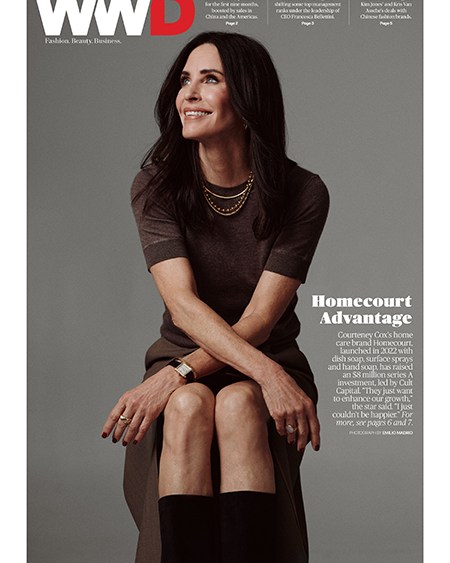
Wednesday’s Digital Daily: October 29, 2025 – WWD
-
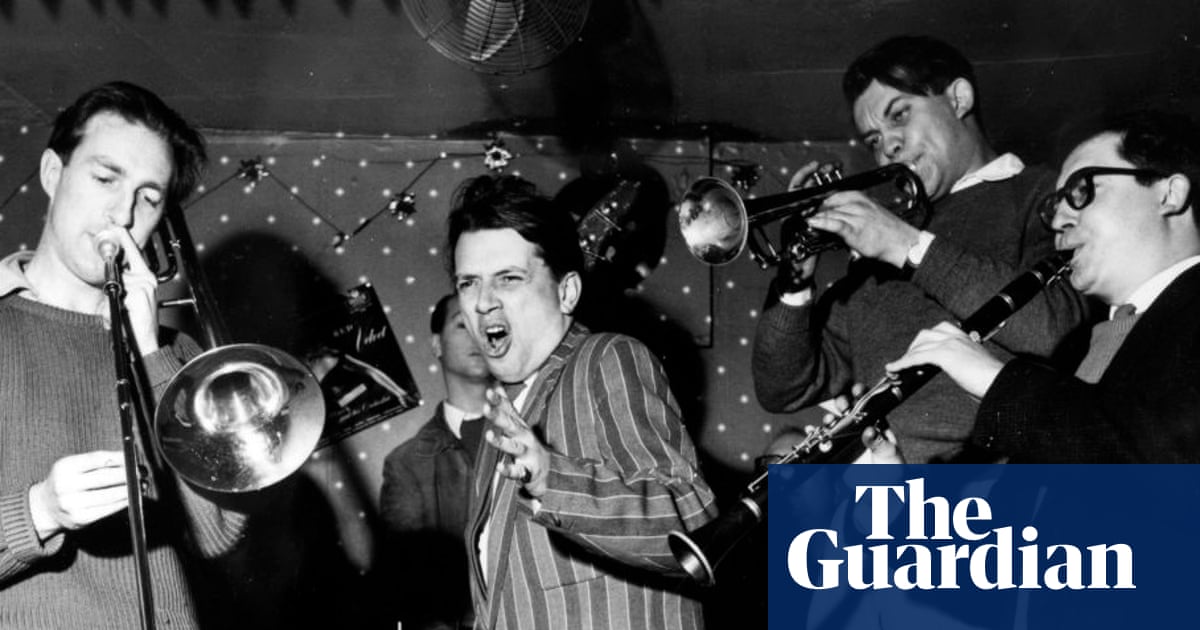
Philip Larkin on George Melly: ‘an adolescent sense of humour’ – archive, 1965 | Jazz
Owning Up, by George Melly (Weidenfeld and Nicolson, 30s)
I could never watch (the verb is chosen advisedly) George Melly singing without feeling embarrassed, and the same goes for reading his book. He is so anxious to tell you which birds he had…
Continue Reading
-

A dynamite film, but a house of cards on nuclear reality
Three years ago, when I was serving at the US National Security Council, we were faced with a nuclear crisis. As Bob Woodward described it in his book War, the Intelligence Community assessed that if Russian forces were facing a collapse in…
Continue Reading
-
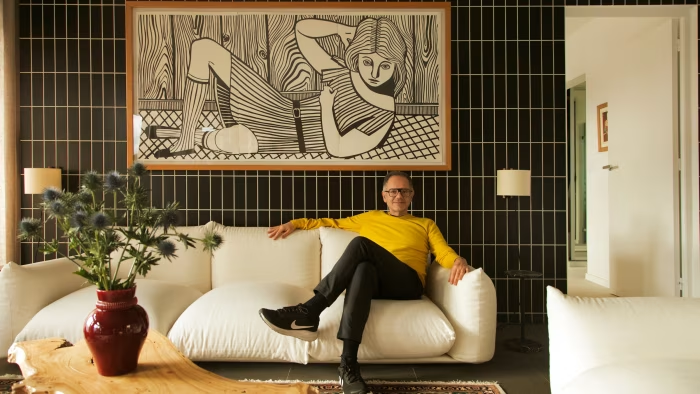
Alireza Razavi on living in a modernist masterpiece in Paris
Unlock the Editor’s Digest for free
Roula Khalaf, Editor of the FT, selects her favourite stories in this weekly newsletter.
While many Parisians covet a home emblematic of the city’s architecture – stately, Haussmannian, or even older…
Continue Reading
-
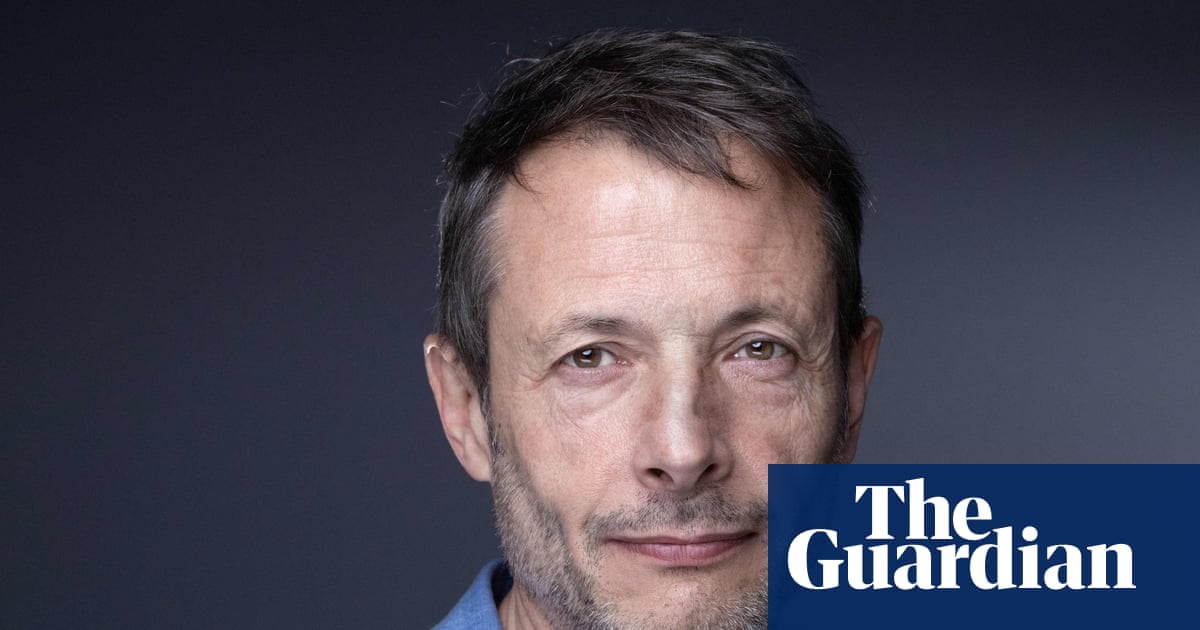
Director of Bataclan terror attack drama rejects accusations of ‘indecency’ | Paris attacks
The Oscar-winning director of a TV mini-series about survivors of the 2015 terrorist attack at the Bataclan in Paris has rejected accusations his decision to film inside the theatre was “indecent”.
Jean-Xavier de Lestrade said the hostages on…
Continue Reading
-
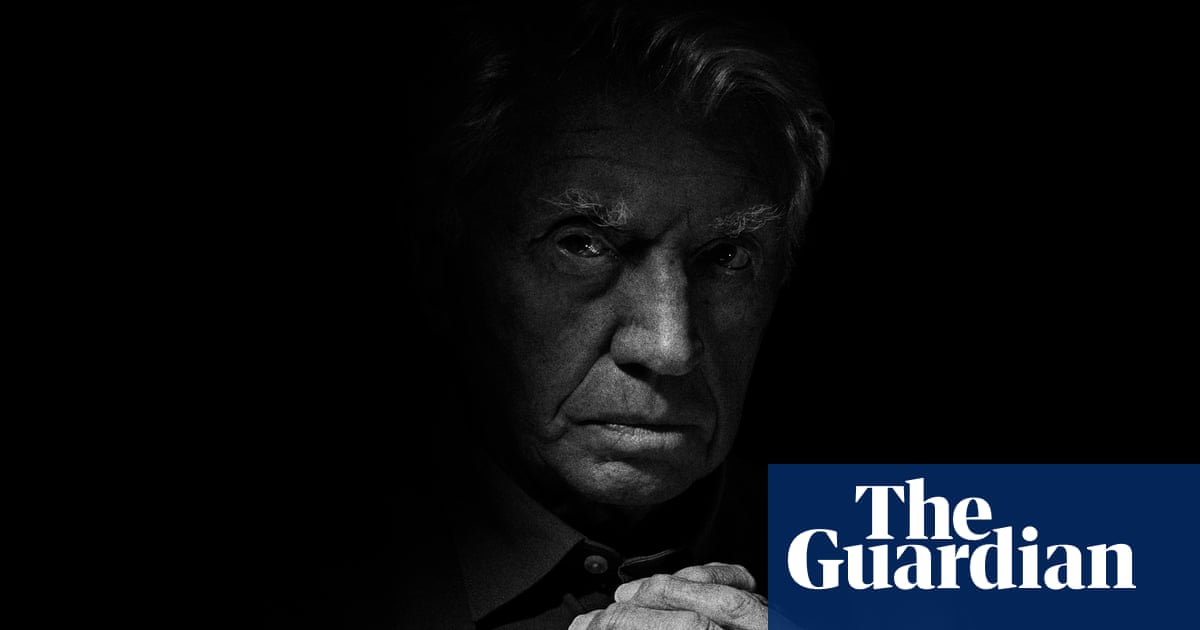
‘It’s been a cesspit, really, my life’: war photographer Don McCullin on 19 of his greatest pictures | Photography
Don McCullin photographed at his home in Somerset, October 2025 War photographers are not meant to reach 90. “Fate has had my life in its hands,” says Don McCullin. Over his seven-decade career covering wars, famines and disasters McCullin has…
Continue Reading
-
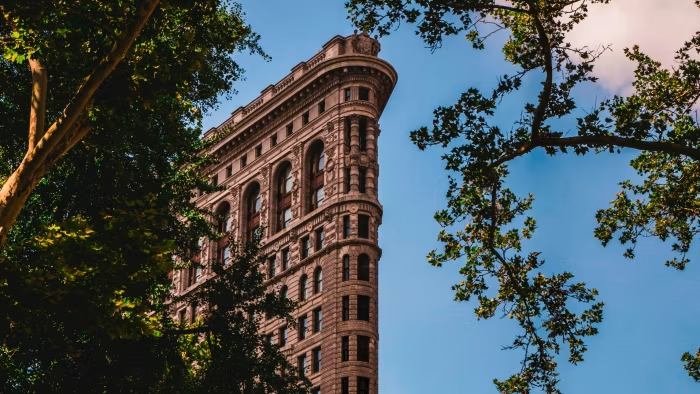
a pie-shaped slice of sky-high living
Shortly before he died in 1946, the photographer Alfred Stieglitz remembered taking a shot of one of one of New York ‘s most famous structures, in 1903. “I suddenly saw the Flatiron Building as I had never seen it before,” he said. “It…
Continue Reading
-
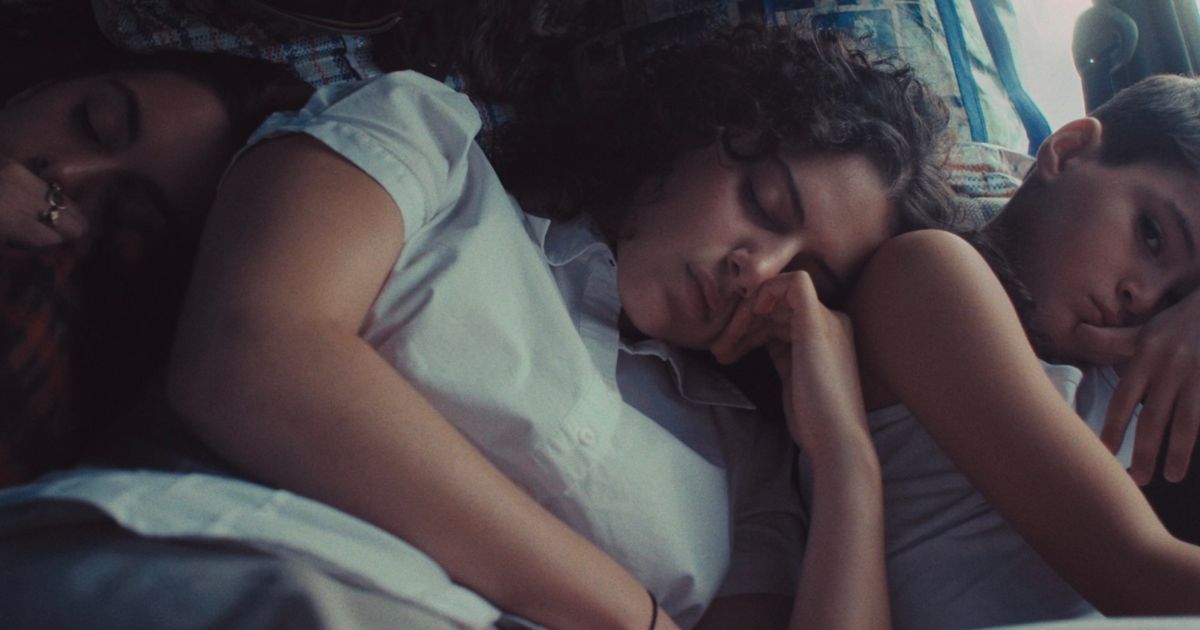
23rd edition – Announcements – e-flux
Loop Barcelona, the annual gathering dedicated to artists’ cinema, happens again this November with a non-traditional Art Fair (November 18–20), a Symposium (November 19–20), a Commoning Network (November 20), a new format of expert’s…
Continue Reading
-

Zofia Kulik book release with Thames & Hudson – Announcements
e-flux announcements are emailed press releases for art exhibitions from all over the world.
Agenda delivers news from galleries, art spaces, and publications, while Criticism publishes reviews of exhibitions and books.
Architecture announcements…
Continue Reading
-

The English jeweller who made charms fashionable again
The British jewellery designer Annoushka Ducas has been creating quirky cufflinks and whimsical charms for more than 30 years, transforming significant life moments into intricate miniature gems. She launched Links of London in the early…
Continue Reading